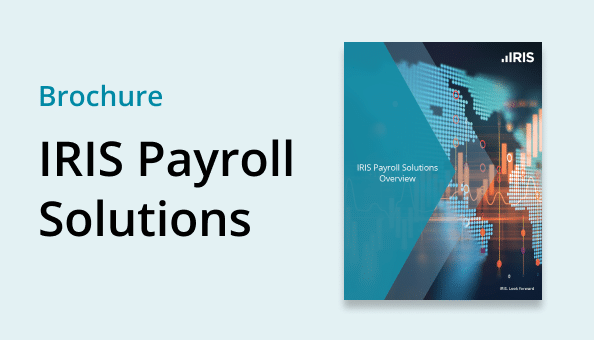BLOGS
Know Your Pay Schedule: Calculating Pay Periods

Understanding pay periods is crucial. Our guide provides a breakdown of weekly, bi-weekly, semi-monthly, and monthly paychecks to keep your payroll accurate and employees satisfied. Try it today!
How Many Pay Periods Are in One Year?
State laws vary widely regarding acceptable pay frequency for employees. Although these employer obligations can be affected by industry, jurisdiction, employee classification and more, a large portion of employers still have flexibility in choosing:
Weekly
52 pay periods per year (53 in leap years)
Biweekly
26 pay periods per year
Semi-monthly payments
24 pay periods per year
Monthly payments
12 pay periods per year
Here, we’ll explore the benefits and downsides of each payroll schedule and help you decide which payroll frequency best meets the needs (and preferences) of your business and employees.
Weekly Payroll
With a weekly payroll schedule, employees are paid once a week on a designated day (Monday or Friday is most common). Although this pay frequency is sometimes preferred by employees and contractors, the associated timecard management, tip importing, and other manual tasks can be more tedious without the support of a qualified payroll provider.
A weekly payroll schedule requires employers to process payroll 52 times annually: the highest volume and frequency of the options we’ll explore.
Bi-Weekly Payroll
When using a bi-weekly payroll schedule, employees are paid every two weeks. Like weekly payroll, paychecks are received on a designated day of the week. Employers should bear in mind that several months per year will require three paychecks due to pay date scheduling. Among full-time employees, paychecks will reflect 80 hours of completed work.
In most years, a bi-weekly payroll schedule only requires 26 paychecks each year – occasionally 27 based on the calendar year and the employer’s designated pay day.

Semi-Monthly Payroll
Often confused with bi-weekly payroll, semi-monthly payroll uses predetermined dates to pay employees twice a month. An employer could choose, for instance, the 10th and 25th of every month to process payroll, which eliminates the possibility of an extra third paycheck for certain months of the year. Using this payroll frequency, employees usually see higher paychecks, though the actual annual amounts remain the same as with a bi-weekly payroll schedule.
Of course, employers will need to be mindful of weekends and holidays and, when necessary, adjust certain pay days to the business day preceding or following the holiday/weekend. Semi-monthly payroll includes 24 payroll periods annually.
Monthly Payroll
As with semi-monthly payroll, monthly payroll preselects a designated date each month to pay employees once a month (the 15th of each month, for example).
This version of payroll requires only 12 payroll runs per year, but it can be a challenge for non-employees and hourly employees who lack PTO or other benefits.
As a result, monthly payroll can sometimes be detrimental to employee satisfaction and retention.
Choosing a Payroll Frequency
Federal law requires that employers sustain the same payroll frequency throughout the entire calendar year. Employers must also consider state laws regarding payroll frequency and, of course, employee preferences regarding pay frequency.
According to data from the Bureau of Labor Statistics, nearly 46% of employees are paid using a bi-weekly payroll frequency, while 18% are paid using semi-monthly payroll.
A bi-weekly payroll schedule offers greater predictability for employer and employees, but requires occasional extra hours of payroll processing for several months a year. It can make overtime processing and payment easier for full-time employees because each pay period represents 80 hours and is easier to quickly calculate. Similarly, pay for hourly employees is simply 80 hours multiplied by hourly pay rate for each pay period. Bi-weekly payroll also requires less payday adjustments due to weekends or holidays when compared to semi-monthly payroll.
Semi-monthly payroll frequency provides consistency regarding date(s) of pay, but is less predictable regarding the day of week employees receive pay. It can also be more time-consuming when processing payroll for non-employees or hourly workers, where certain paychecks calculate pay for more or less work days each pay period. Employers must also consider the inconvenience and time spent adjusting pay days as needed for weekends or holidays.
Choose and Manage an Ideal Payroll Frequency with IRIS HCM
There are many factors to consider when selecting a payroll frequency that supports your business, including employee preferences and compliance with state and federal regulations. IRIS HCM offers comprehensive payroll solutions to support your business and ensure an accurate, streamlined process whether you implement semi-monthly payroll, bi-weekly payroll, or another pay frequency.
Contact us today to start simplifying your payroll to improve employee satisfaction and retention.












